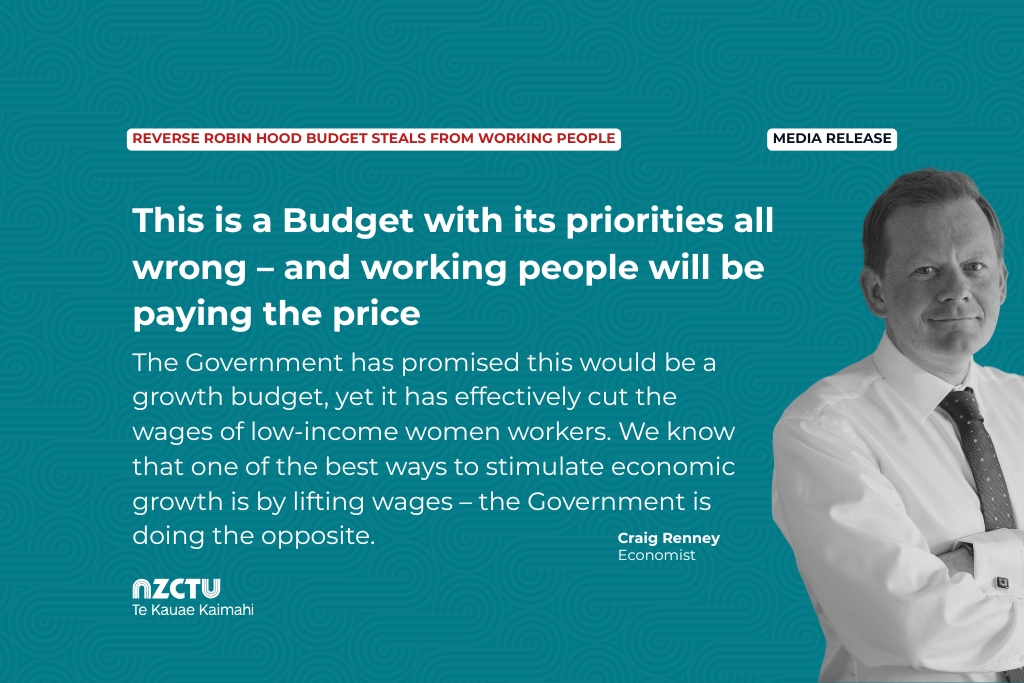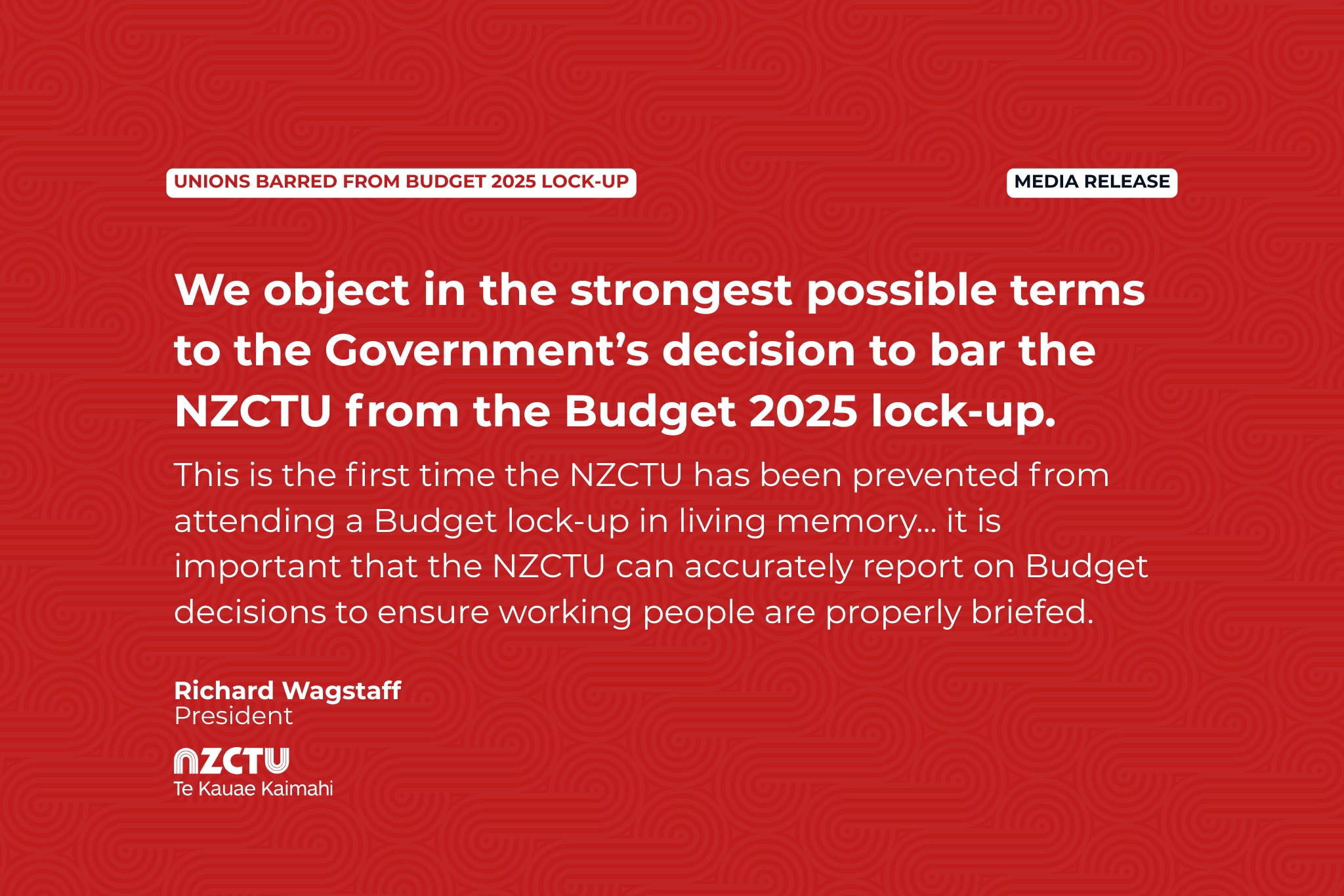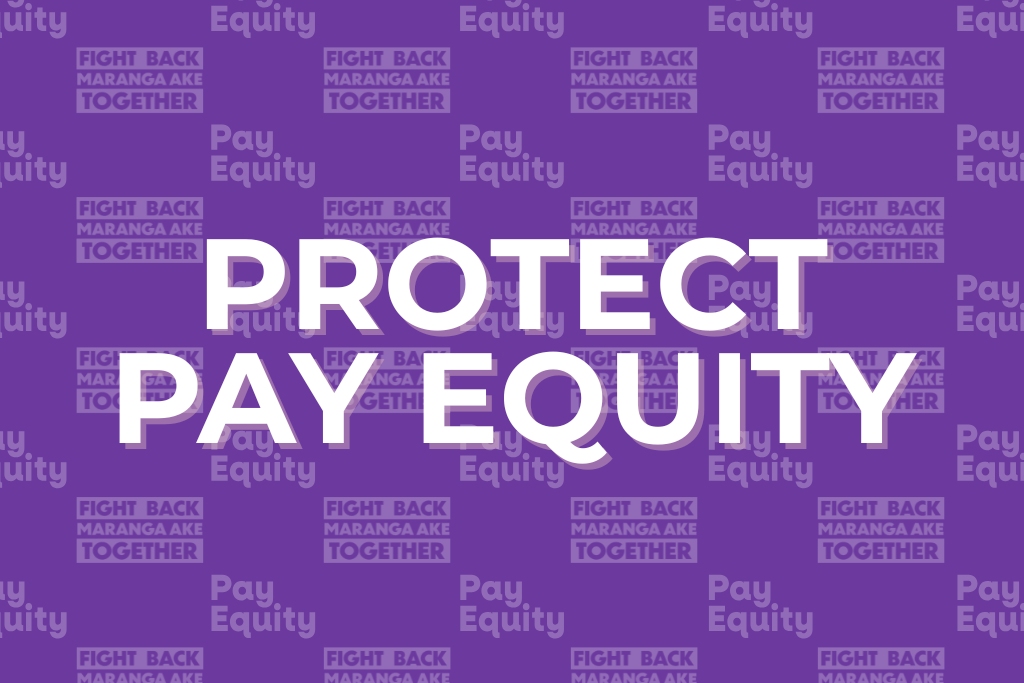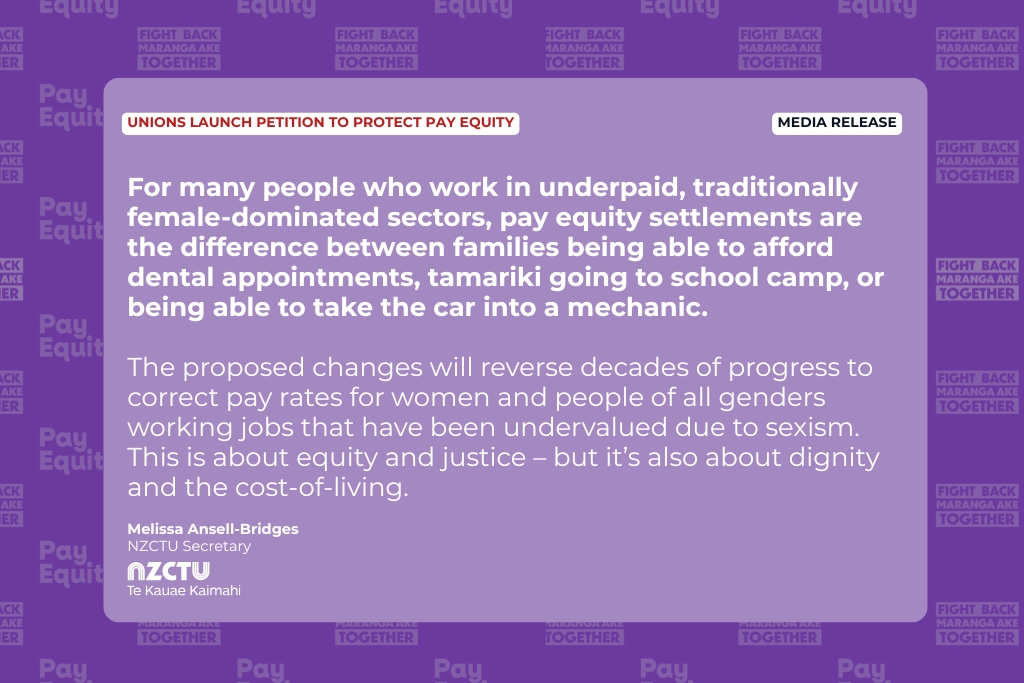Source:
Download a PDF version of our Response Framework for Educational Delivery and Performance (PDF 191 KB)
What is our Response Framework?
The Response Framework describes how we manage educational delivery and performance where it needs to improve. It provides an overview of the types of responses the TEC uses to manage delivery and performance, and broad factors that affect whether a response is taken and what type of response.
The framework is designed to endure over time, so it focuses on responses and factors that will not change over multiple funding rounds. It does not include specific expectations of delivery and performance (eg, specific levels or measures of these factors, rankings of their importance, or mappings between factors and responses) because these vary over time and in different contexts.
Instead, specific expectations are laid out in a range of regularly published sources including Plan Guidance, funding conditions, funding mechanisms and technical guidance. Tertiary education organisations (TEOs) should refer to these sources to understand what specific levels and/or circumstances are likely to evoke a response.
Decisions about responses to delivery and performance result from on-balance assessments, not bright-line tests
Decisions involve many factors and depend on us having as much information as possible. For this reason, we rely on engagement as the first response when an indicator occurs, to enable a “no surprises” approach if a further response is required. We aim to understand the reasons underlying the indicator and what is already happening to address it.
The Response Framework covers how we respond to educational delivery and/or performance that needs to improve. It does not cover:
responses to delivery or performance that exceeds expectations
other types of assessments we make such as tertiary education institution (TEI) risk and private training establishment (PTE) financial viability
other types of decisions we make, such as those about investment (although both our investment and response frameworks are relevant where responses relate to funding, such as reducing investment when performance is not improving).
Fundamental to our decision-making are our legislative functions and obligations under the Education and Training Act 2020, including giving effect to the Tertiary Education Strategy. An ongoing focus on learner success is embedded throughout the framework: as a potential indicator that improvement is necessary, a way to improve outcomes, a contextual factor considered in decisions, and a principle underpinning all decisions.
We use three broad types of responses
This list is not exhaustive.
Information, monitoring and engagement
Our business-as-usual methods for understanding provider performance include regular data reporting and communicating expectations through Plan Guidance, other publications and engagement.
Our first choice of response, when a need to improve outcomes is indicated, may include requesting further information, or changing the frequency, intensity, method, attendees or content of engagements.
Dedicated and/or specialist engagement (eg, a Relationship Manager) is likely when there is more risk (eg, total funding envelope >$5m), or delivery or performance needs to improve.
Requirements and conditions
When more structure is required than engagement alone, TEC may:
require a full Investment Plan
change the Plan length
require a significant Plan amendment
require an improvement plan
apply organisation-specific funding conditions
impose a new condition on subsequent Plan funding approval.
Funding
In situations where performance is not improving even with requirements or conditions, TEC may:
remove access to additional funding
revoke approval for a qualification to be accessible for student loans and allowances
amend, revoke and/or recover existing funding
reduce further investment or part-fund only (including signalling this through indicative allocations)
cease investment.
Proposed funding decisions made as part of annual Plan rounds are always subject to a Right of Response process.
We consider many factors in making a response decision
We generally (although not always) use responses in a graduated manner, with engagement continuing throughout.
Context
Context is crucial to which responses we use, how quickly we do so, and the importance of various indicators and mitigations at different points in time. For example:
at a system level: fiscal environment, overall availability of funding and government risk appetite can affect how quickly we strengthen responses or which ones we apply
at a sub-sector level: the type of provider, including size, legislated autonomy, business model, and alternatives in the network of provision, affects what responses we use
at a provider level: specific concerns (eg, low educational outcomes for specific learner groups) can have specific associated responses, or responses might only be applied to pockets of provision or to provision with outcomes that are not improving. We also consider a provider’s existing compliance requirements.
Indicators
Indicators are signs that performance may need to improve, to minimise potential risk to learner outcomes and/or to government investment. They increase the likelihood that we will use more or stronger responses. Indicators include:
low or declining educational performance
low educational outcomes for specific learner groups
unfavourable quality assurance reports
unsatisfactory Plan quality (or components of a Plan), including learner success milestones
under- or over-delivery
unsatisfactory progress following previous responses
breach of funding conditions
non-compliance with criteria for significant Plan amendments or replacement Plans
adverse audit and investigation findings.
Mitigations
Mitigations are factors or actions that (where satisfactory) can lower risk and increase our confidence that expectations will be met. Satisfactory mitigations decrease the likelihood of further responses and/or the severity of those applied. Mitigations can include:
proactive communication about indicators
improved educational performance
improving educational outcomes for specific learner groups
proactive actions taken (eg, collaboration with other providers)
demonstrable outcomes other than educational (eg, community impact)
improved quality assurance reports.
Key principles underpin every response decision
Evidence-based
We make informed decisions based on best available data, information and intelligence. We understand and apply knowledge of the sector, learner demand, stakeholder needs and best practice.
Fair, transparent and consistent
We use engagement to maintain transparency with providers and understand the context that makes our decisions fair. Our methods and processes build trust and confidence in the system for learners, industry, communities and government. We balance costs and risks in proportion to outcomes.
Learners at the centre
We incentivise, promote and enable improved educational outcomes for everyone by making providers accountable for how they deliver education and the outcomes they achieve. We expect providers to recognise learner diversity and meet learners’ needs and aspirations.
Continuously improving the system
We improve the system’s effectiveness through reviewing and updating internal processes for deciding and applying responses, as necessary. We improve the system through the tools and guidance we provide to the sector and the network of provision we invest in.





